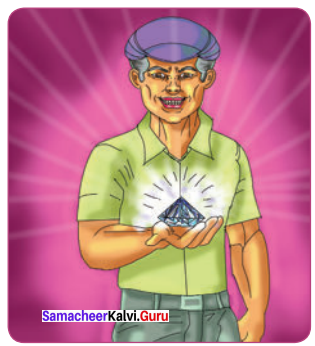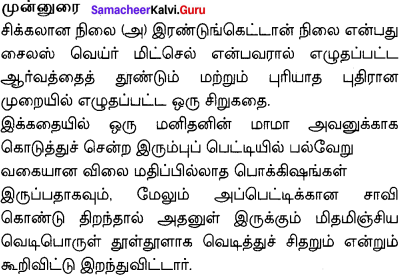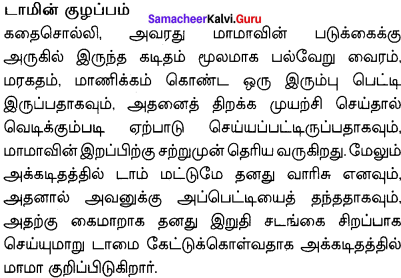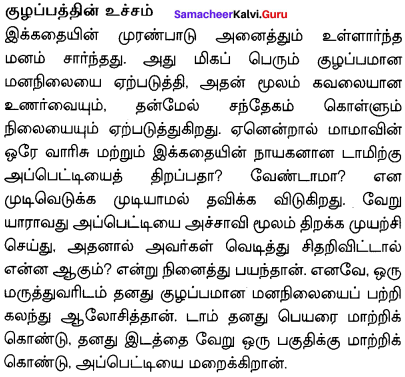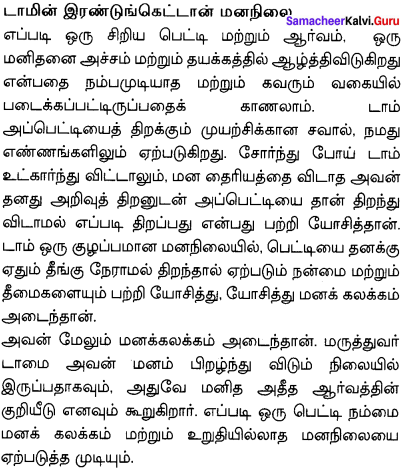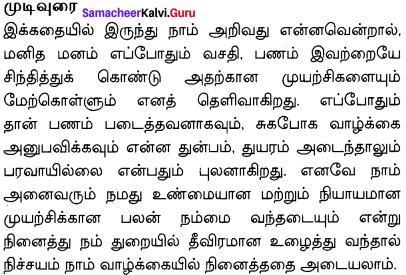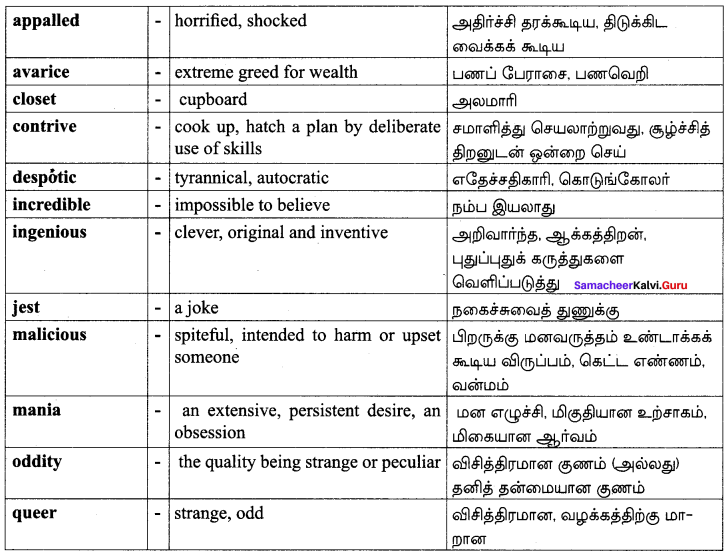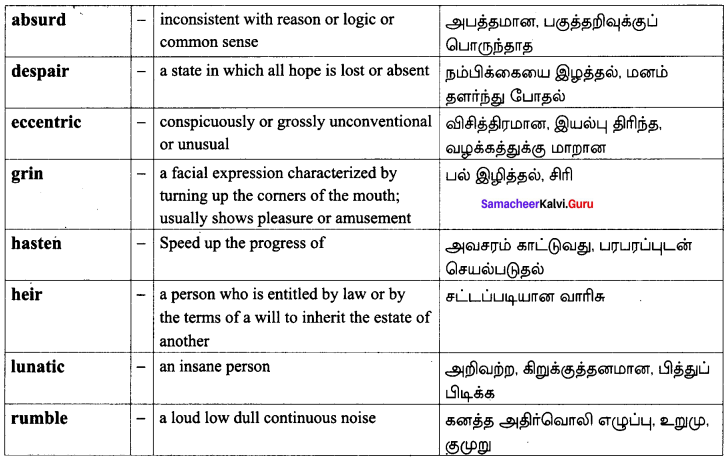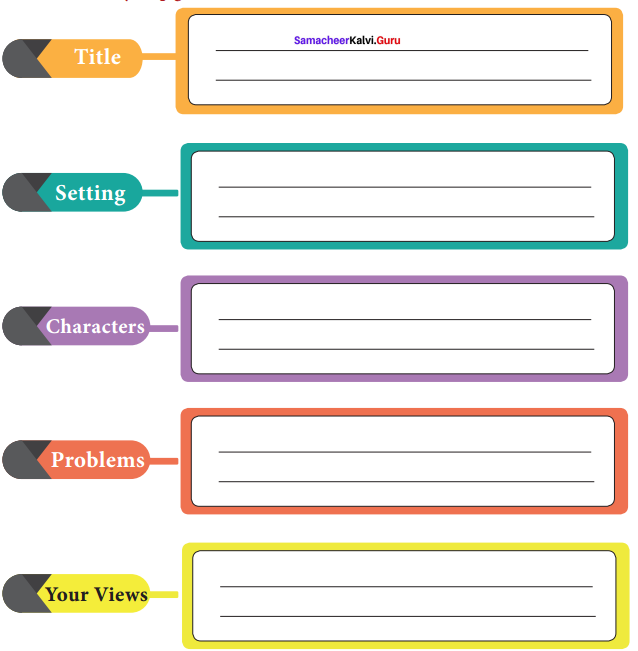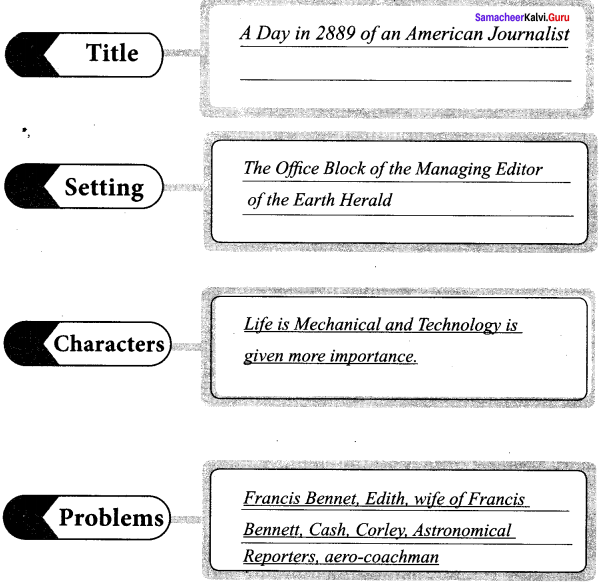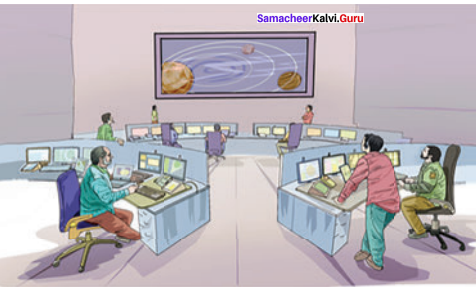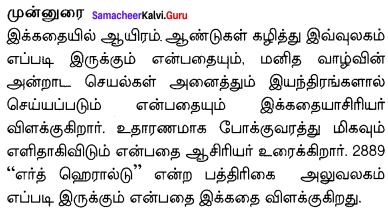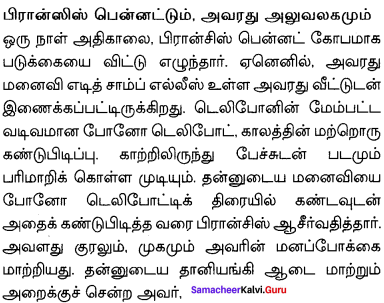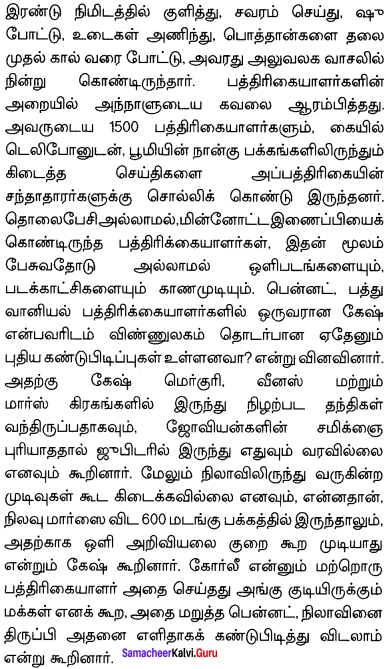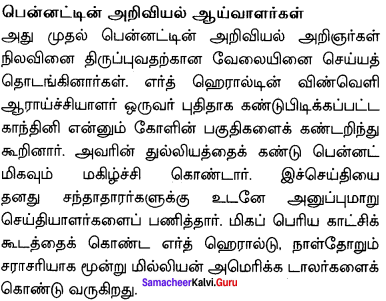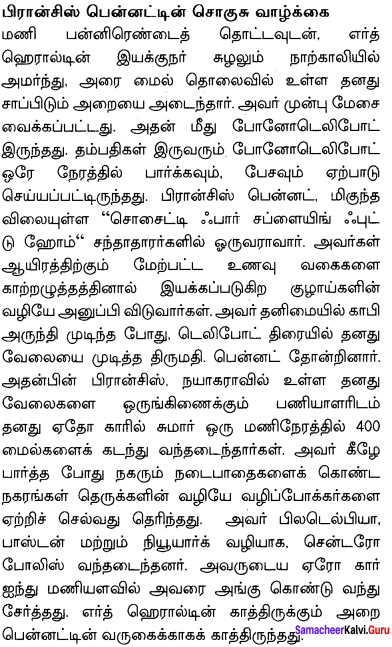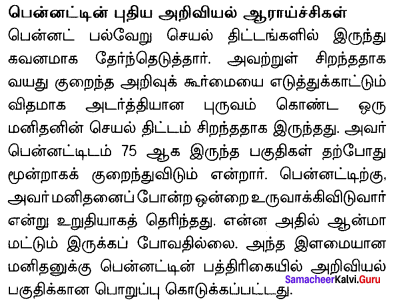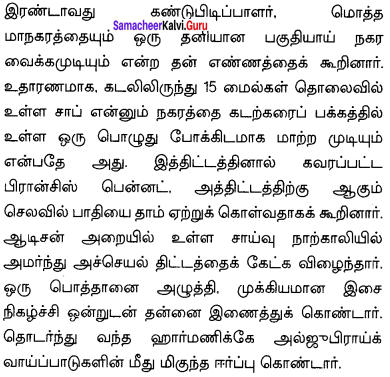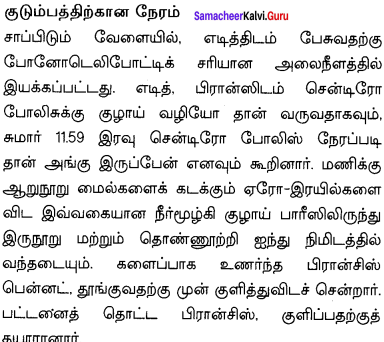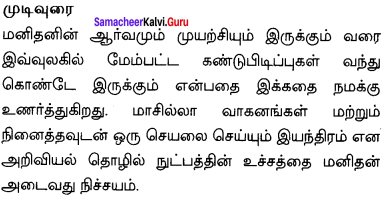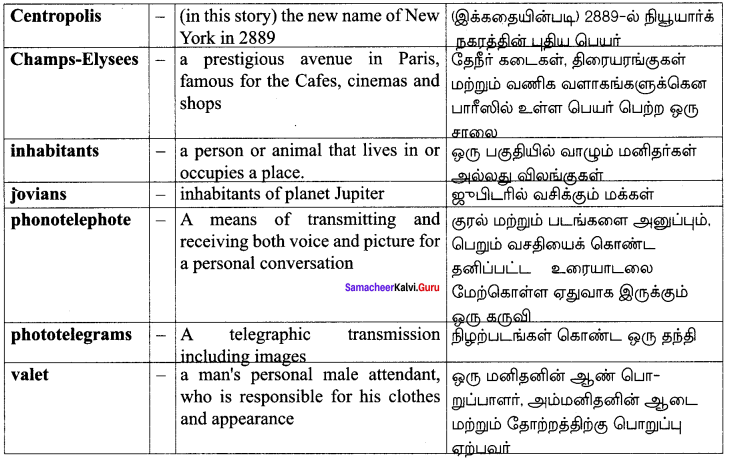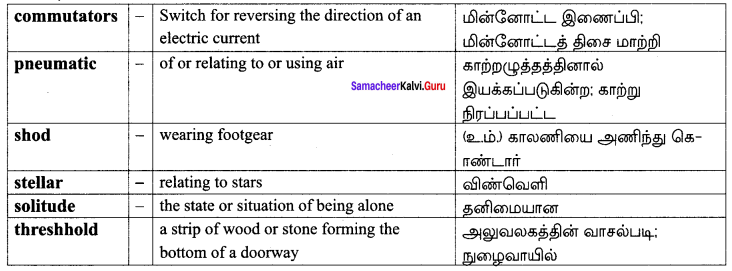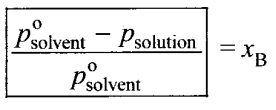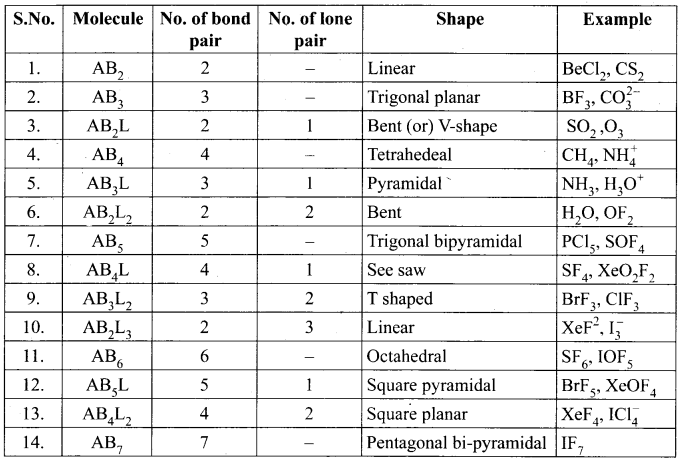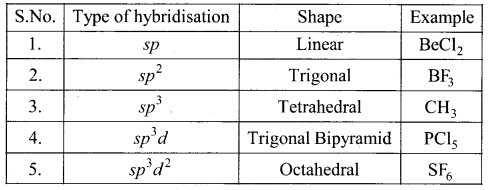Looking to improve English skills and gain more subject knowledge then the best resources that you can use here is Samacheer Kalvi 10th English Solutions for Vocabulary Antonyms Questions and Answers.
In the Samacheer Kalvi 10th English Guide for textbook solutions, subject experts covered all types of questions and answers related to the topics, quick notes, summary, solved & unsolved exercises, etc. If you are planning to prepare Chapter via textbook, then you’re suggested to go with this Samacheer Kalvi 10th English Book Solutions Questions and Answers PDF for better understanding and preparation.
Tamilnadu Samacheer Kalvi 10th English Vocabulary Antonyms
English Subject experts who are having max years of experience prepared this Tamilnadu State Board Solutions for 10th English Vocabulary Antonyms Questions and Answers. They have explained all the topics covered in the board prescribed latest syllabus in a simple way to understand easily. So, students can prepare English from this Samacheer Kalvi 10th English Book Questions and Answers PDF. Download the Tamilnadu State Board 10th English Workbook Answers PDF by accessing the below links and learn properly for the final exams to score well.
Choose the most appropriate antonym of the underlined word.
Question 1.
Technology impacts the environment, people and the society as a whole.
(a) partial (b) entire (c) unabridged (d) hollow
Answer:
(a) partial
Question 2.
They continue to grapple with the challenges of inclusion.
(a) seclusion (b) enclosure (c) addition (d) exclusion
Answer:
(d) exclusion
Question 3.
Your entire energy management can be taken care by automating.
(a) complete (b) perfect (c) partial (d) whole
Answer:
(c) partial
Question 4.
Well, anything which is a certain threshold, can be self-ordered.
(a) unsure (b) sure (c) convinced (d) ascertain
Answer:
(a) unsure
Question 5.
Your refrigerator can directly link to the e-commerce site.
(a) unswervingly (b) openly (c) indirectly (d) straightly
Answer:
(c) indirectly
Question 6.
India Meteorological Department collected data for monitoring marine pollution.
(a) distributed (b) cancelled (c) threshold (d) bridge
Answer:
(a) distributed
Question 7.
It is a great boost to women in the country.
(a) broaden (b) increase (c) knock (d) brew
Answer:
(c) knock
Question 8.
You don’t have to use any auxiliary means of repulsion.
(a) disgust (b) revolution (c) repercussions (d) attraction
Answer:
(d) attraction
Question 9.
It is about a hurricane force of wind on land.
(a) farce (b) vigour (c) weakness (d) potency
Answer:
(c) weakness
Question 10.
I wanted to make sure that I complete this journey with ultimate honesty.
(a) honourable (b) dishonesty (c) rectitude (d) scrupulousness
Answer:
(b) dishonesty
Question 11.
So my contention was to go by the rules of circumnavigation.
(a) disagreement (b) agreement (c) dispute (d) deputation
Answer:
(b) agreement
Question 12.
The ghost raised such a hullabaloo of misunderstandings.
(a) misinterpretation (b) calculations (c) silence (d) tumult
Answer:
(c) silence
Question 13.
They were the steps of a man walking rapidly.
(a) forcibly (b) speedily (c) hurriedly (d) leisurely
Answer:
(d) leisurely
Question 14.
The cops were reluctant to leave.
(a) indisposed (b) settle (c) keen (d) lazy
Answer:
(c) keen
Question 15.
The police were on hand in a commendably short time.
(a) laudably (b) outrageously (c) committedly (d) admirably
Answer:
(b) outrageously
Question 16.
He believed that General Meade’s men, were beginning to retreat.
(a) rejoice (b) advance (c) evacuation (d) withdrawal
Answer:
(b) advance
Question 17.
The steps had ceased.
(a) stopped (b) seized (c) begun (d) terminated
Answer:
(c) begun
Question 18.
Then, as I hurried by as fast as I could go.
(a) hassled (b) released (c) relaxed (d) warmed
Answer:
(c) relaxed
Question 19.
The oppressors dominated over the language and culture of the Germans.
(a) liberated (b) released (c) conquered (d) controlled
Answer:
(a) liberated
Question 20.
The Prussians defeated the French.
(a) aimed (b) brought (c) triumphed (d) drained
Answer:
(c) triumphed
Question 21.
He has been sinking.
(a) drowning (b) foaling (c) running (d) sleeping
Answer:
(b) foaling
Question 22.
The man was startled.
(a) reassured (b) amused (c) alarmed (ð) annoyed
Answer:
(a) reassured
Question 23.
He was a frail man.
(a) weak (b) feeble (c) strong (d) thin
Answer:
(c) strong
Question 24.
How ignorant you are!
(a) lacking in knowledge (b) well- informed (c) uninformed (d) unaware
Answer:
(b) well- informed
Question 25.
You will Persuade him to come.
(a) dissuade (b) urge (c) distract
Answer:
(a) dissuade
Question 26.
He failed to muster up courage to take that plunge.
(a) dive (b) climb (c) fall (d) plume
Answer:
(b) climb
Question 27.
He even gnawed at the dried pieces of eggshell.
(a) parched (b) dehydrated (c) fresh (d) new
Answer:
(c) fresh
Question 28.
He then trotted back and forth from one end of the ledge to the other.
(a) scurried (b) sauntered (c) tracked (d) rolled
Answer:
(b) sauntered
Question 29.
The precipice was sheer.
(a) steep (b) gradual (c) effervescence (d) recap
Answer:
(b) gradual
Question 30.
They were beckoning to him, calling shrilly.
(a) summoning (b) signaling (c) dismissing (d) requesting
Answer:
(c) dismissing
We hope the data given here will benefit you to the fullest extent at the time of preparation. For better understanding of English subject this Samacheer Kalvi 10th English Answers for Class 10th English Vocabulary Antonyms PDF is the best resource. Download & ace up your preparation. Keep in touch with us and get the latest information on Tamilnadu State board Textbook Answers PDF.


